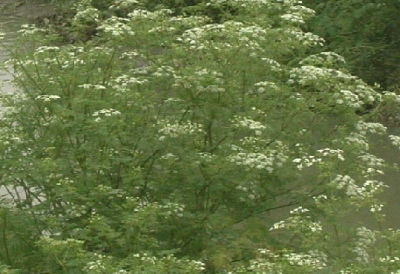Noxious Weeds and Horses
Horses are important members of the Colorado setting, but it’s important to watch them carefully. They will eat anything and everything they can, including noxious weeds. After all, they don’t realize that many of the weeds are dangerous for them. It’s important to know the dangers and know what to look out for to keep your horses safe.
 Preventing the Sulfur Needed for Keratin Formation
Preventing the Sulfur Needed for Keratin Formation
Many of the weeds lead to an accumulation of selenium. This may be a nutrient for humans, but it can be highly dangerous for horses. It prevents the sulfur that horses need to form keratin from developing. Keratin is the most important protein in a horse’s body, helping with the development of hair and hoof. Your horse can be left crippled for life, as the protein can develop properly.
Liver Disease and Weight Loss
Weeds such as houndstongue and senecio also have similar symptoms as above. These weeds also lead to other symptoms and problems, including diarrhea and red urine. Most dangerous is the liver disease and weight loss that can occur in horses. There are no treatments for horses with liver disease and it most certainly means your horse will need to be put to sleep.
Frozen Facial Muscles and Excess Saliva
Russia knapweed and other similar weeds lead to problems such as excessive saliva and frozen face muscles. Horses are unable to drink or chew and tend to have a drooping look around the lips and face. This is another condition that has no treatment, so putting the horse to sleep is the only option.
Miscarriages, Depression, Excessive Sleeping
Locoweed species must be avoided. Poisoning from them leads to depression, excessive sleeping and miscarriages. They can also lead to violent reactions in routine situations. As others, there are no treatments.
Some noxious weeds are very toxic to horses. If you have a noxious weed infestation on your property, contact SprayTech, noxious weed control company, to help you fight back your land and keep your horses safe. (720)248.0000

 Preventing the Sulfur Needed for Keratin Formation
Preventing the Sulfur Needed for Keratin Formation